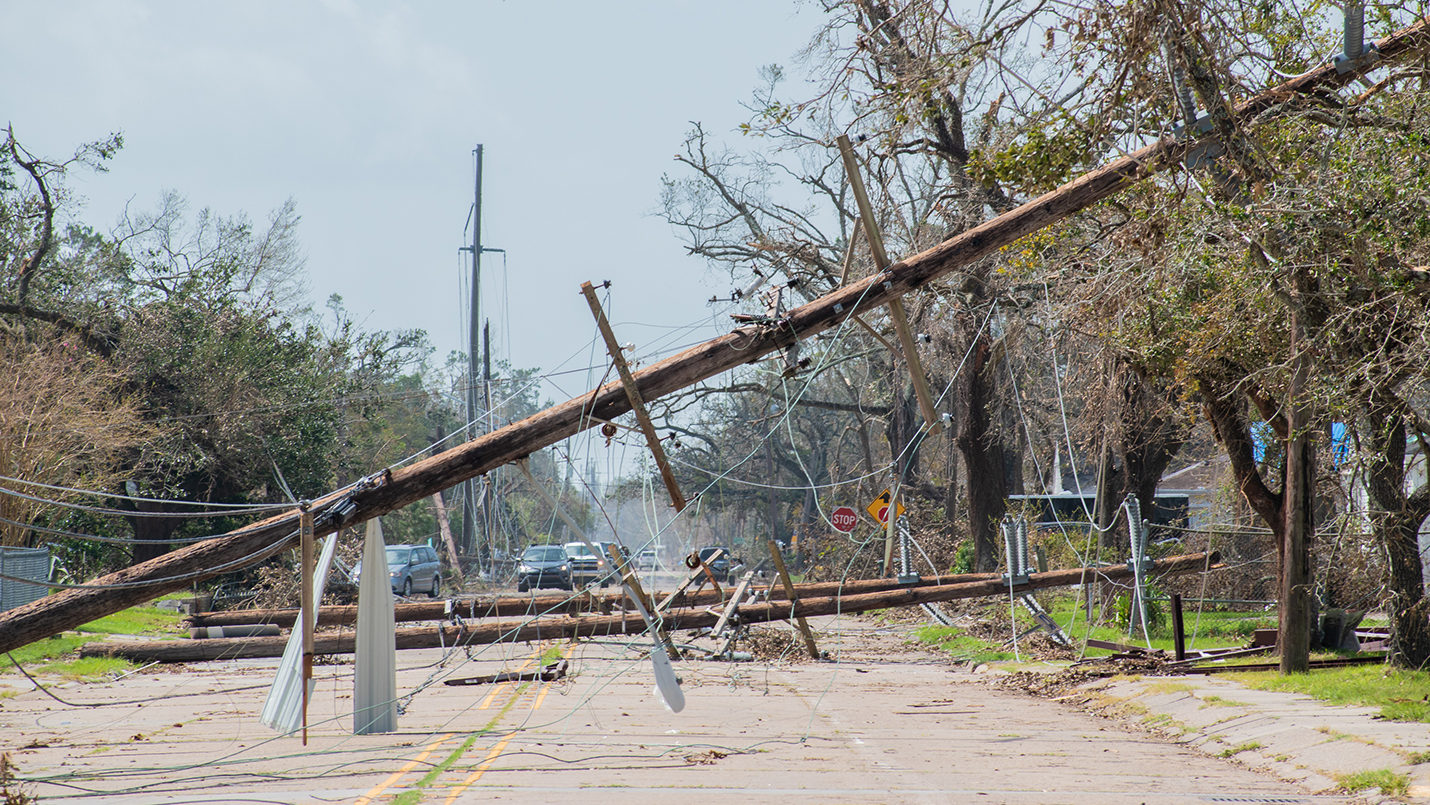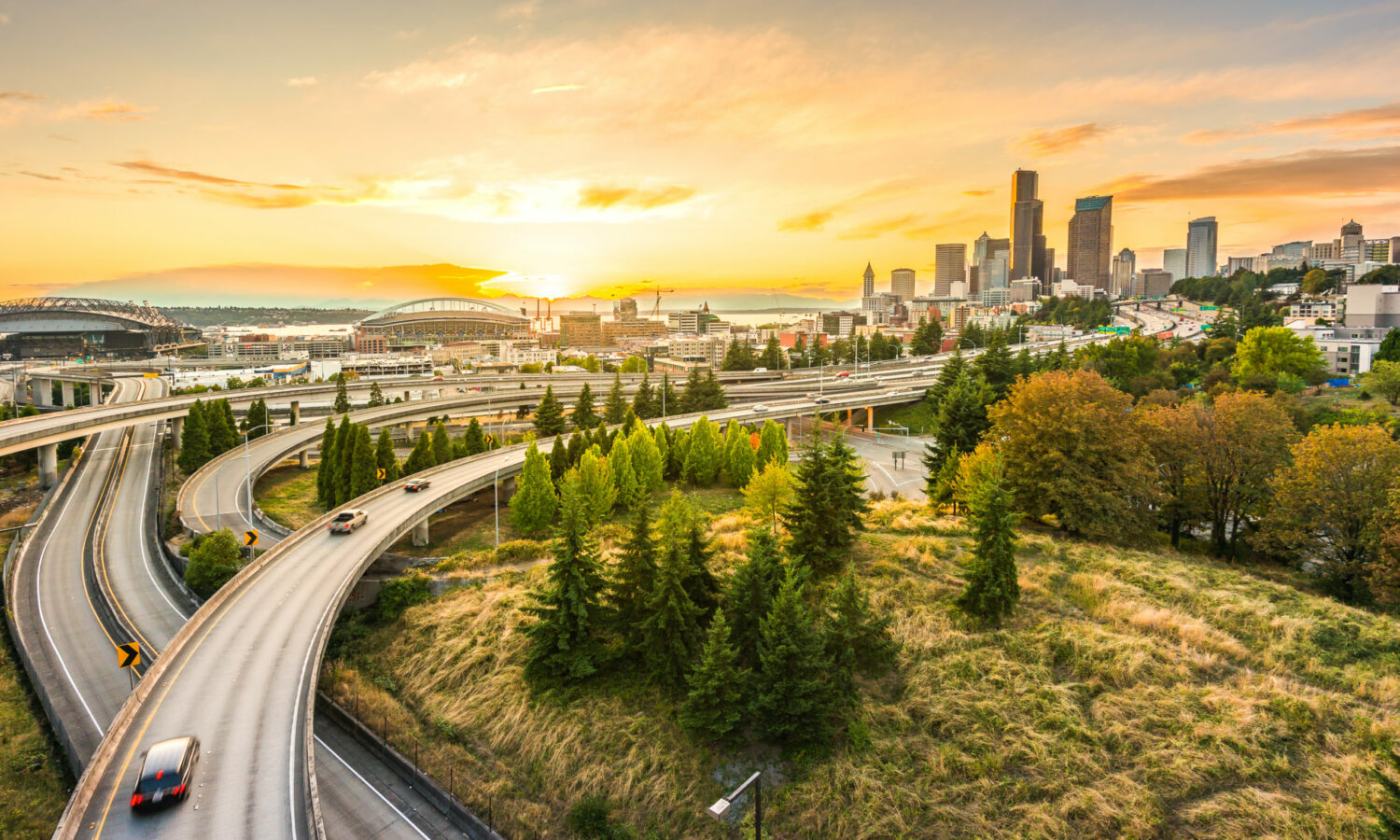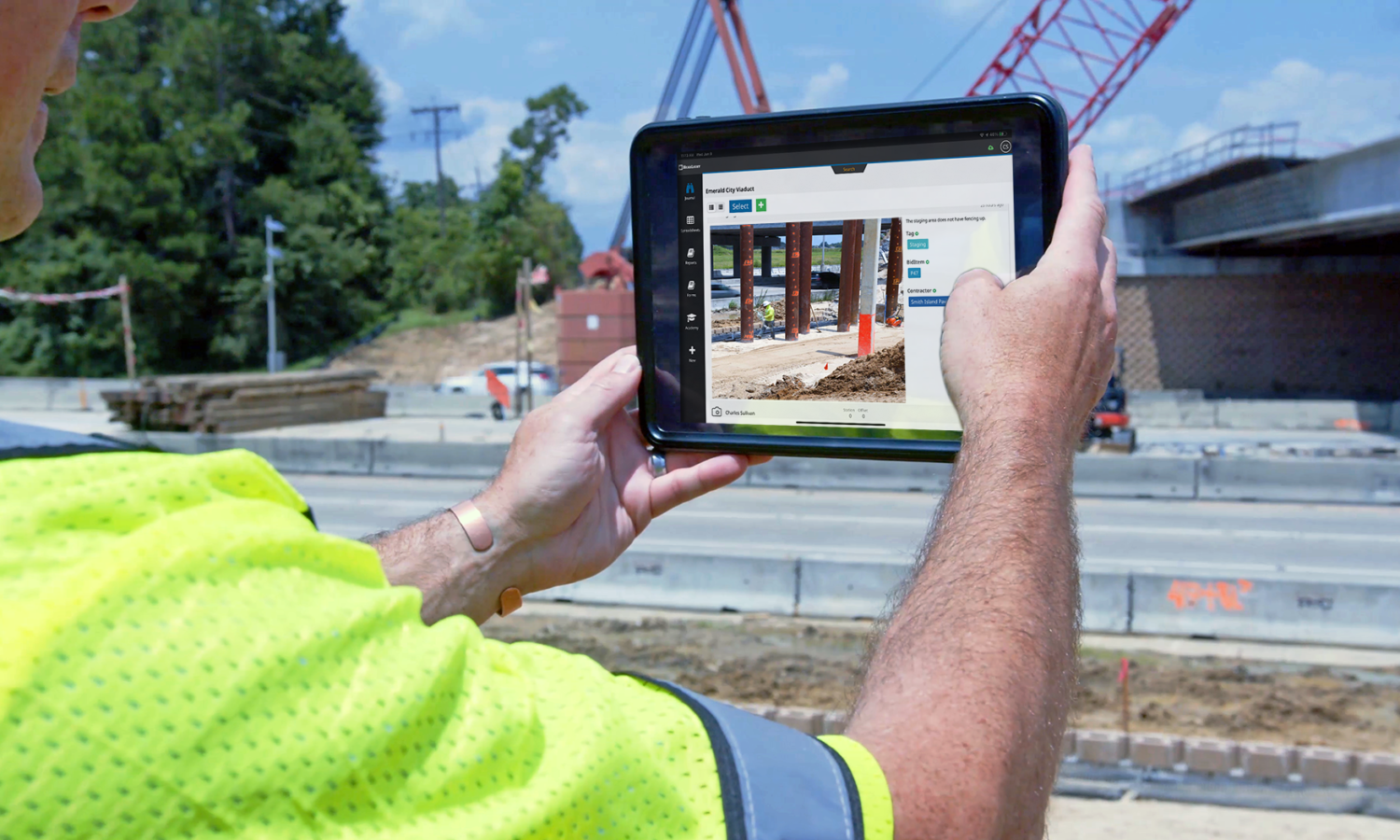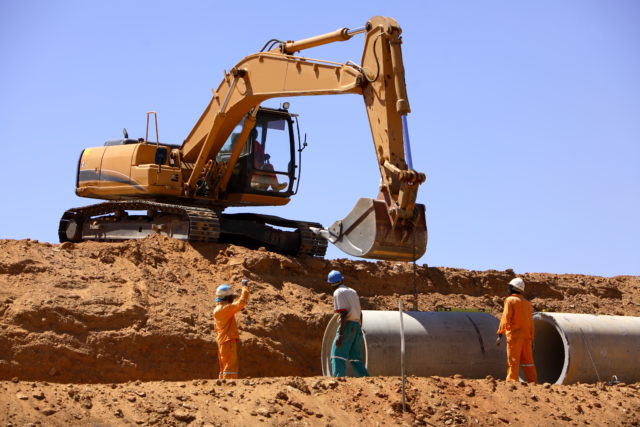Fifteen years after Hurricane Katrina ravaged Louisiana, the state has faced yet another long and grueling hurricane season in 2020. The state experienced five named hurricanes and a multitude of storms throughout the season that devastated infrastructure and left mounds of debris across roadways. A massive effort by the Louisiana Department of Transportation and Development (LADOTD) almost immediately ensued between the storms with repair teams and crews of Disaster Debris Removal Coordinators working together to make safe and travelable infrastructure available for first responders, and the needs of its citizens a top priority.
A Big and Lasting Impact
As an example, the recovery after the devastating Hurricane Laura left at least 21 deaths and countless homes shredded. The Category 4 storm first made landfall on August 30th south of Lake Charles and had recorded speeds of up to 150-mph and storm surges of up to 12 feet.
According to Entergy, the power generating and distributing company in Louisiana, Laura knocked out most of the power transmission lines, leaving more than 360,000 people in Louisiana without power, and industry experts have indicated that it could take weeks or months restoring everything to normalcy.
The damage caused by Hurricane Laura was so extensive that many critical infrastructure assets are beyond repair and will need to be reconstructed from scratch. In addition, the downed power lines, trees, and debris produced by the hurricane have choked most of the major roads feeding into communities, making it almost impossible for line workers and emergency responders to access the affected areas. In fact, LADOTD has reported that many of the roads in Louisiana’s central region will continue being closed as road cleanup continues.
How Have the Agencies Responded?
According to a recent statement by Gov. John Bel Edwards, the state of Louisiana estimates that more than $700 million will be spent in response to Hurricane Laura alone, with the lump sum amount going towards temporarily sheltering over 11,000 evacuees in hotels. The Governor further stated that more than 26,000 linemen have been deployed to restore the power lines.
On September 5th, 2020, The Louisiana Department of Transportation and Development announced it had secured $5 million from the Federal Highway Administration (FHWA) to help rebuild the damaged state roadways and bridges. This is against an estimate from Moody’s Analytics predicting the total economic cost of $20 billion required to repair the damaged infrastructure and the impact of closed businesses on the local economy.
Using Innovation Strategically During the 2020 Hurricane Season
The transportation system in Louisiana fulfills the critical role of allowing emergency responders to access communities, as well as provide the residents with the means to go back to their communities, reach gas stations, grocery stores, and pharmacies. And since the floodwaters have receded, the LADOTD has begun the hard work of picking up Hurricane debris on the roadways to be disposed of properly.
Visit 511la.org to view the clean-up nightly and click on the debris removal icon.
To ensure that the cleanup teams respond to the community’s needs as fast as possible, LADOTD has partnered with HeadLight to use their visual-based inspection technology in a way that helps crews on the ground quickly identify and capture images of road blocking debris without leaving the safety of their trucks.
“LADOTD faces thousands of miles of impacted state roadways, which it continues to address as efficiently as possible. We completed 1.1 million cubic yards of debris cleanup following Hurricane Laura even with Hurricane Delta bearing down on the state. HeadLight has provided a safe way for our crews to take detailed photo observations of debris and other disaster ramifications from the safety of their vehicles. The GPS stamp on those observations give us precise coordinates to areas of concern. HeadLight’s spreadsheet function has helped us quickly produce debris quantity estimates to help establish priority routes for each parish. This helps us to clear roadways for the traveling public faster than we could otherwise.”
– Sam Miller, Project Engineer, LADOTD
The images are tagged and perfectly synch to the GPS integrated technology, allowing LADOTD road workers, linemen, and contractors to come in and clean up the debris. Users are also able to capture and upload their FEMA reimbursement forms, and everyone at the LADOTD with access to the system can easily view them. Throughout the hurricane season, LADOTD Highway Inspectors captured more than 2100 observations of debris and damage to the state’s roadways. Using the visual-based inspection technology and dashboard features allowed Debris Removal Coordinators to use those observations to efficiently deploy the state’s resources so that roadways were returned to full operational capabilities.
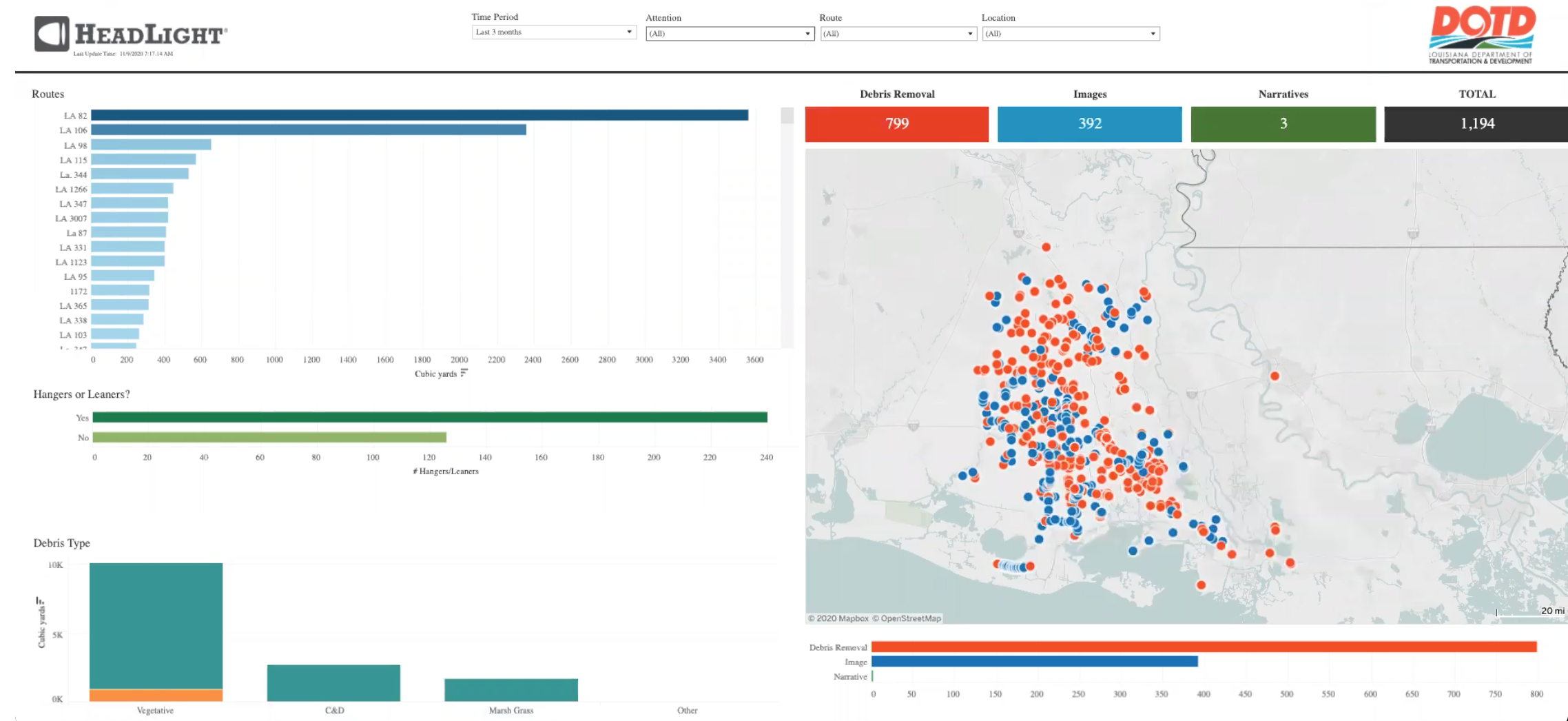
“Through our partnership with LADOTD we’ve observed first hand the strength of Louisiana citizens as they deal with the impact of an unrelenting 2020 hurricane season. Despite these massively impactful events LADOTD’s response has been swift and efficient in getting debris cleared, allowing essential service routes to reopen for healthcare needs and supply chain deliveries. We look forward to continuing to support our partners in resilience in Louisiana through the years ahead.”
– George White, CEO, HeadLight
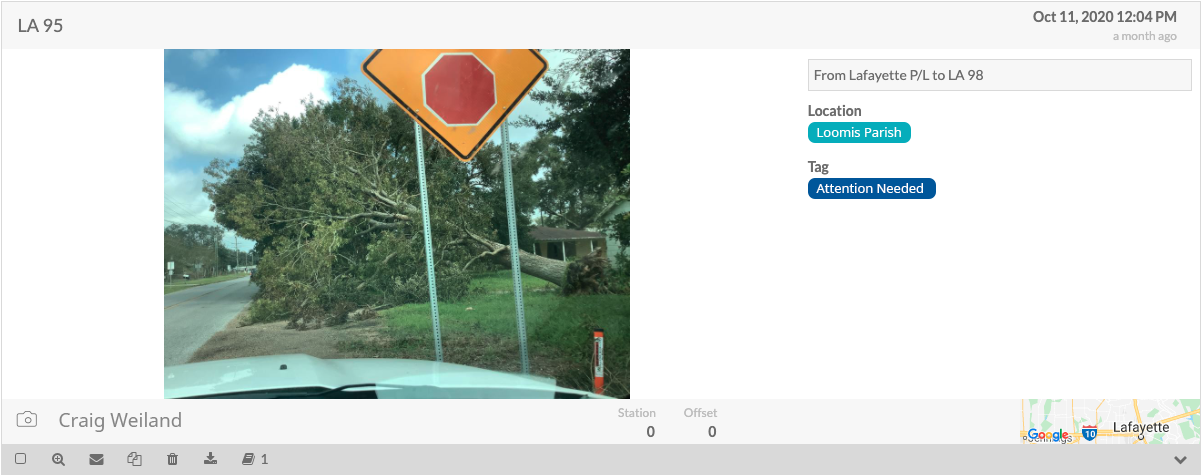
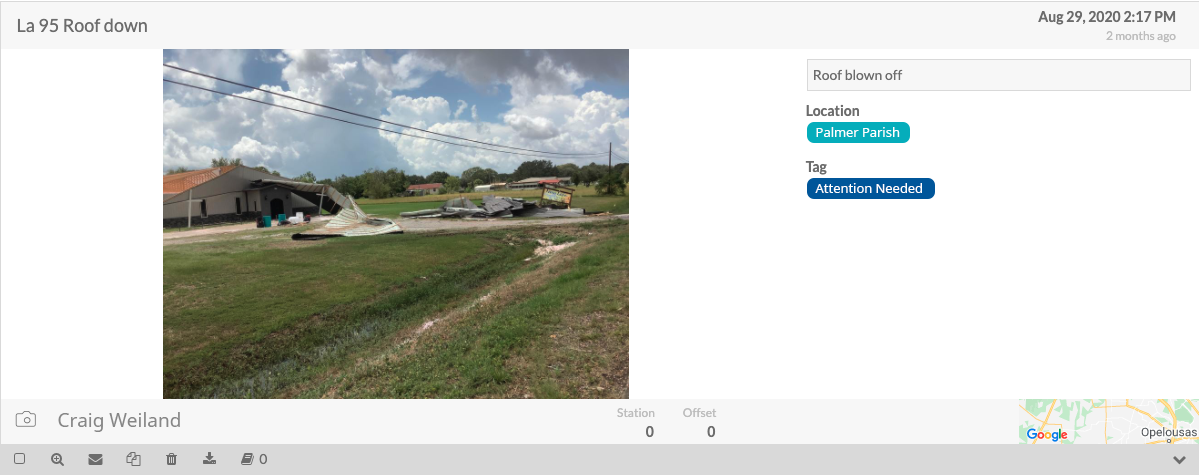
The ability for inspectors to document debris from the safety of their vehicle is paramount. Additionally, these observations are GPS stamped so those individuals coordinating cleanup efforts know exactly how much debris is in various areas.
Project inspectors using HeadLight provide more insightful and consistent data, complete with tagged timelines and location metadata. The resulting DWRs are then system generated using daily observations, eliminating clerical and transcription errors and reducing administrative burden. The agency estimates HeadLight use results in 117,000 hours per year savings in productivity and a DWR submission rate improvement up to 77%! All of these efficiencies mattered a lot before hurricane season but are absolutely essential now.
Be it wilder weather, increasing droughts, hurricanes, or even global pandemics, the message 2020 is sending us is clear: the more we innovate to cope, the easier it will be for us to overcome challenges.
